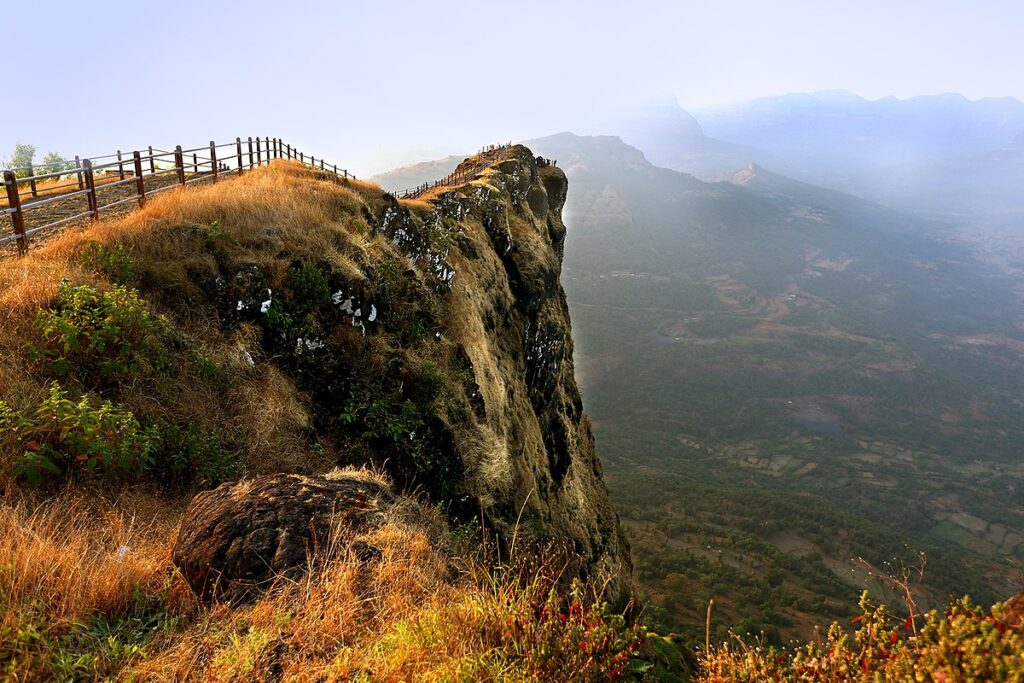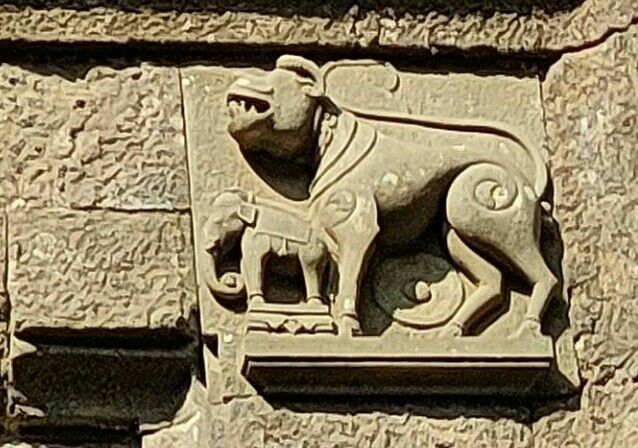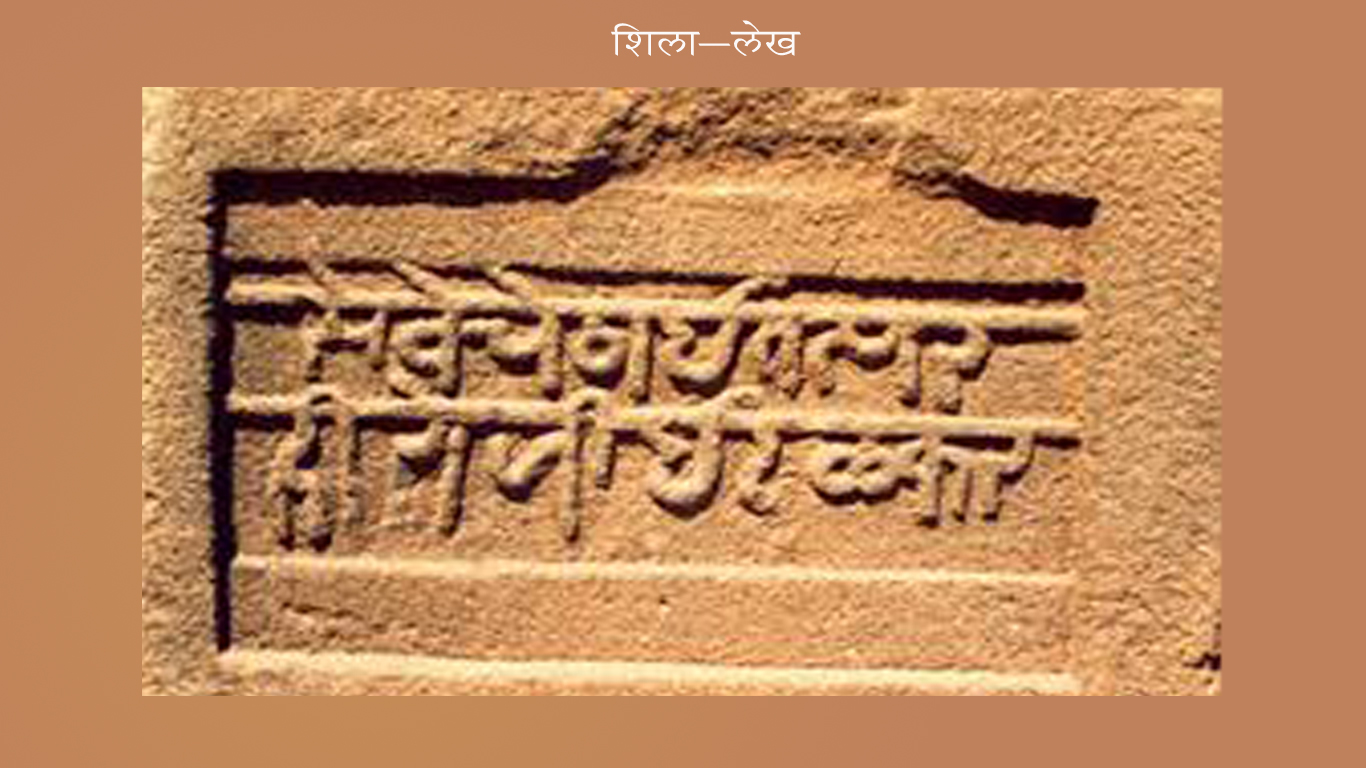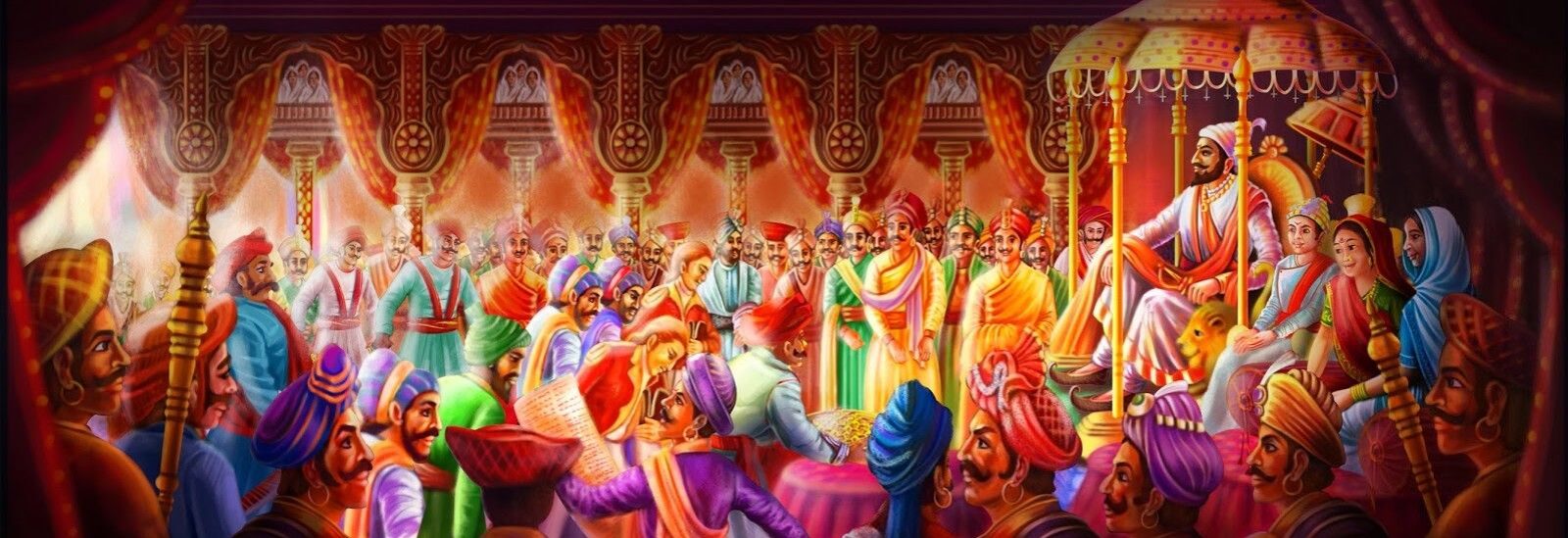Continue reading from Part VIII
Temples (मंदिरे):
A place required for daily puja. We find temples of various gods and goddesses at every fort.
Andhaarkothadya (अंधारकोठड्या):
A place where criminals are kept in prison as punishment.
Paga (पागा):
Accommodation and facilities for horses and animals.
Camel Farm (उष्ट्रखाना / उंटशाळा):
Facility for tying camels.
Pilkhana / Hattishala (पिलखना / हत्तीशाळा):
A place for tying elephants, especially army elephants.
Gymnasium / Gym (तालीमखाना / मल्लशाळा):
Arena of wrestlers.
Toilet (शौचकुप):
Toilet bowl / place. Such facilities used to be provided in palaces and houses. For the guards, this facility is found in special fortifications.
Kadelot Kada (कडेलोट कडा):
A place where prisoners, convicts are thrown from the fort to be sentenced to death.

Sculptures (शिल्पे):
Picture stones of specific shapes carved to represent the identity, strength of different empires, for different purposes. In every fort, we find various types of sculptures at the entrance, on the banks (तटावर), on the temples.

Inscription (शिलालेख):
Shila means stone and inscriptions are written articles carved on stone. From the inscriptions we get important information like construction, reconstruction, repairs, mention of some historical persons, history of the fort, identification of the rulers there etc.

Khandak (खंदक):
A defensive trench of a certain depth, dug in various directions around the fort to prevent the enemy from storming around the fort. It is mainly dug around Bhuikot forts. Water and animals like crocodiles and snakes were released in the ditch. A drawbridge was installed to cross the moat. We can see such trenches around forts like Chakan and Yashwantgad.
Ghee / Oil Storage Tank (तुप / तेल साठविण्याचे रांजण / टाकी):
Stored old ghee is used for lamps, torches etc. at night and as ointment / medicine for wounds on the body during war or battle. Ranjans or tanks were provided for the storage of such oil and ghee.
Talkhade (तळखडे):
Wooden pillars of palaces or houses were planted on the planks. This protects the wooden poles from wet and insects etc. Such floor stones are still found in old makeshift houses in our villages.
Continue reading with Part X
or goto Part I, Part II, Part III, Part IV, Part V, Part VI, Part VII, Part XI


Pingback: Elements of Fort (Part X) – Chatrappati Blogging
Pingback: Elements of Fort (Part VIII) – Chatrappati Blogging
Pingback: Elements of Fort (Part IV) – Chatrappati Blogging
Pingback: Elements of Fort (Part I) – Chatrappati Blogging
Pingback: Elements of Fort (Part VII) – Chatrappati Blogging